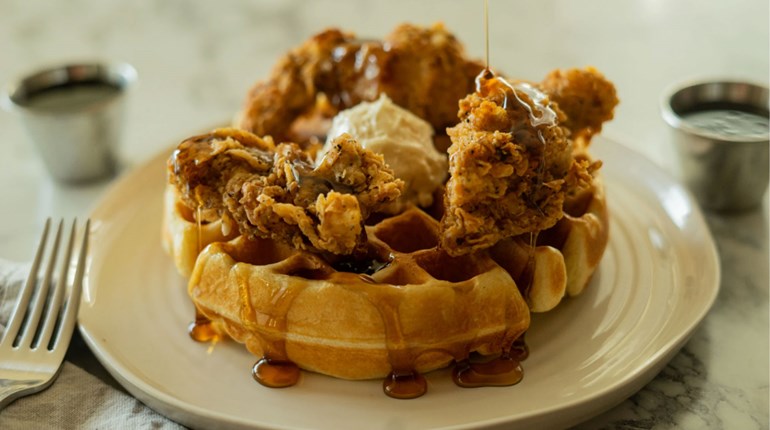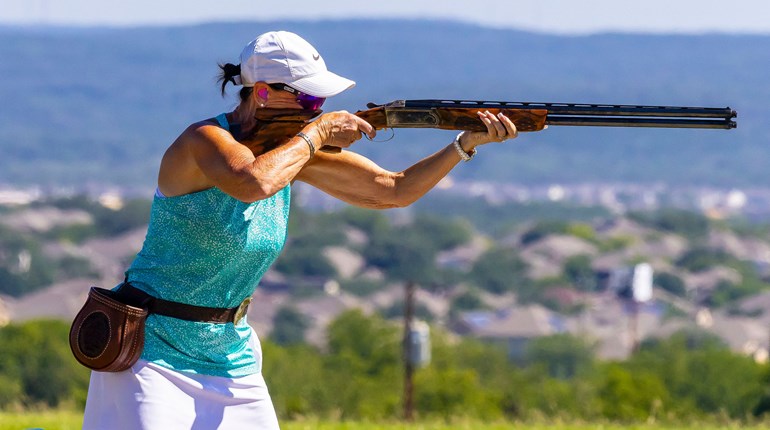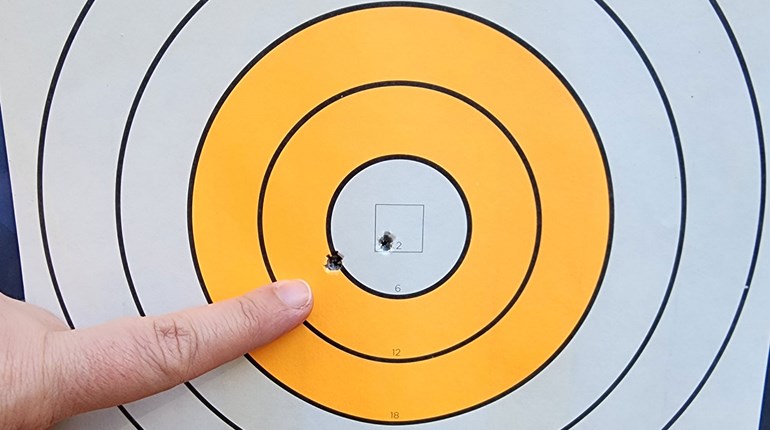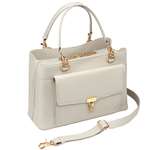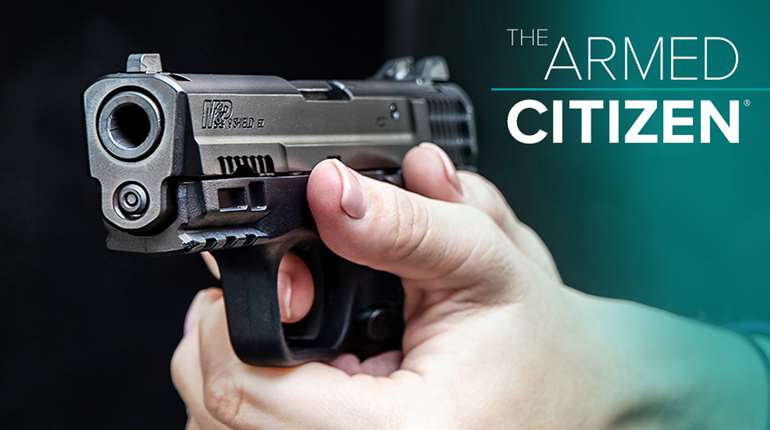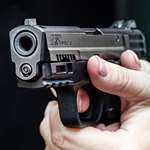
Sporting optics come with their own set of lingo, and if you don’t understand a little bit of it, you could end up buying a scope that’s not quite right for your needs. Some aspects of scope shopping are easier to understand than others (you probably understand “magnification,” for example), so I’ll focus this article on four of the terms you might not have a good handle on or about which you might have been told some common myths.
Light Transmission
This is just what it sounds like: scopes transmit the light that’s available in the environment to your eye through that long, dark tube. The word “transmit” matters, because that’s what’s happening—contrary to what you often hear, scopes do not “gather” light. Myth-busting time: Riflescopes are not little vacuums sucking up all the light and funneling it to you. They can’t transmit more light than what there actually is.
How much light a scope can transmit is a matter of the quality and size of the lenses and the quality of the lens coatings. The difference won’t be as noticeable in the middle of the day, but for hunters in particular, it will matter at those low-light moments just after legal shooting light starts and just before legal shooting light ends when game tends to be active. A cheaper scope with inferior lenses will show you a darker image than you’ll be able to see through better-quality lenses.
Tube Size
Tube size is a measure of the size of the skinny tube that connects the two ends/lenses of the scope. Scope tubes come in a few sizes, but the two most common are 1 inch and 30mm, with the 30mm being larger (1 inch equals about 25.4mm).
Myth-busting time again: Tube size is not about light! Anyone who tells you that a larger tube gives you a brighter image has fallen for this common myth and is just plain wrong. What tube size does affect is how much windage and elevation adjustment the scope has. Because those adjustments are made by literally moving a tube within a tube, a larger exterior tube allows the interior tube more room to move up, down, left and right. Therefore, a scope with a 30mm tube will allow you to make a wider range of adjustments for windage and elevation than you could make on a scope with a 1-inch tube, all else being equal.
Exit Pupil/Objective Lens
The end of the scope closest to your eye is called the ocular lens; the opposite end houses the objective lens, farthest from your eye. The size of the objective lens is expressed in what we call “exit pupil,” and it’s calculated by dividing the effective diameter of the objective lens by the magnification. The larger it is, the more light the lens transmits. More light is always better, right?
Well, to a point. For one thing, larger objective lenses sit higher on the rifle and take up more space, which you might not want, especially if it creates a gun fit problem with your stock. If you don’t need the very best light transmission, you might be happier buying a smaller objective lens that sits lower on the stock.
Moreover, “brighter is better” has a limit, because the human eye can only take in so much light (information) at one time. Your eye’s own pupil size changes with the light conditions and decreases with age. At some point, a scope with a large exit pupil might feed your eye more information than it can process—“It’s like 8mm of information going through a 4mm funnel,” Gunsite Academy instructor Il Ling New told me in a recent long-range class. Your eye simply can’t take advantage of all that light. Therefore, after a certain age (that’s different for everyone, of course), a bigger objective lens/larger exit pupil is a waste.
Parallax
Parallax is the perceived change of an image based on an angle. You know how the gas gauge needle looks like it’s in a different place from the driver’s vs. the passenger’s perspective? The passenger doesn’t see it as accurately because they are seeing the image at an angle.
Parallax problems arise in a riflescope when the reticle and the image of the target are focused on different planes. What’s that mean?
Hold your finger out in front of you at arm’s length, point at a picture on the wall, and close one eye. Now switch eyes. See how the wall in the background seems to shift when you change eyes? It’s because the wall and your finger exist on different planes. Which one is the “real” image and which is a distortion? Where is your finger really pointing, exactly?
Now, put your finger down and look at the picture on the wall. Close one eye, then switch eyes. The wall didn’t appear to move behind the picture like it did behind your finger—because the picture and the wall exist on the same plane.
In your scope, if the reticle and the target image are not on the same plane, you can’t be sure that the crosshairs are actually pointing where it looks like they’re pointing, just like you couldn’t be sure exactly where your finger was pointing in the above example. Keep the rifle perfectly still and move your face around slightly while looking at the crosshairs. Are they still dead-on target when your face moves? Good. If they’re not, you have a parallax problem.
Every scope is parallax-free only at one specific distance that is set at the factory, which is usually between 100 and 150 yards, and you probably won’t have noticeable parallax problems if you stay close to that range. If you shoot much farther, though, you might need to make adjustments using the dial that’s usually on the lefthand side of your scope. The dial might have distance indicators, but they’re not exact. You can start your adjustment by turning the dial to whatever distance you’re shooting at and do a parallax check by moving your face. Adjust from there.
When parallax is right, the image you see in the scope will be more clear and focused. This leads some shooters to mistakenly call the parallax dial the “side focus,” but that’s not an accurate description of what’s happening when you turn the dial. Focusing the image is a side effect of correcting the parallax, which is a more important consideration than getting a perfectly clear target image.












